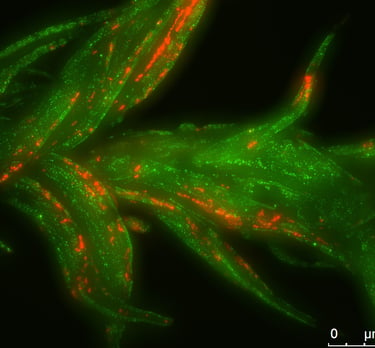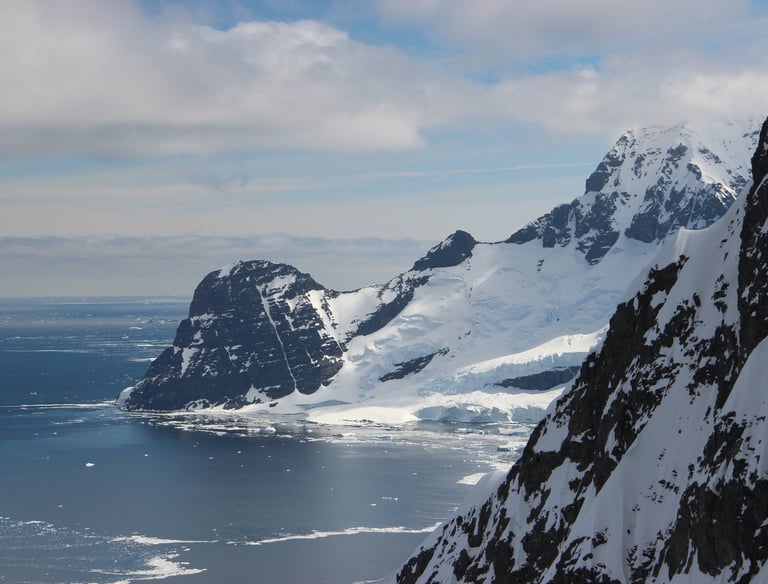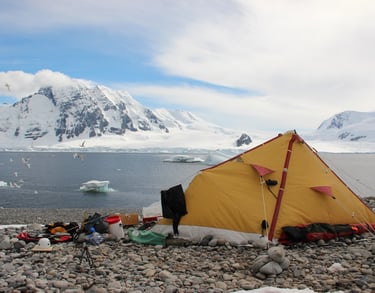
Life on Antarctica
Discover terrestrial ecology
Life on Antarctica

Antarctica is the coldest, windiest and driest continent on Earth creating very challenging conditions for the species that survive here and as such provides a unique insight into the limits of life on Earth. The type of organisms that thrive in Antarctica can also be found at glacier edges in mountainous regions, but in other regions on Earth they are rapidly outcompeted by grasses, shrubs and eventually trees. This typical turnover of species during ecosystems succession as glaciers retreat, as seen across Earths’ ecosystems, is absent in Antarctica. In essence, Antarctic terrestrial ecosystems are locked into these initial succession stages due to the environmental conditions. However, this does not mean that no meaningful biological processes and interactions occur.
Antarctica contains terrestrial ecosystems that are hardly found anywhere else in the world. The large distance from other continents makes it difficult for species to reach Antarctica and persistent cold temperatures, effectively creating polar deserts, is very challenging for the majority of organisms on Earth. In fact, most plants that we are familiar with, such as herbs, shrubs and trees, cannot survive Antarctica’s current climate and consequently also any animals that depend on such plants are absent.
The information on this web page consists of a primer of Antarctic terrestrial ecology with a particular focus on ecosystems found in the maritime Antarctic region that contains the Antarctic Peninsula and associated islands.
A short introduction to
Antarctic ecology

Learn about different aspects of Antarctic terrestrial ecology
Below you will find information on the major biological groups found in one of the biologically richest regions of Antarctica, the maritime Antarctic.
Plant Life

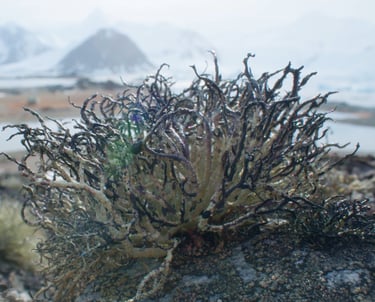
Which plants dominate Antarctica?
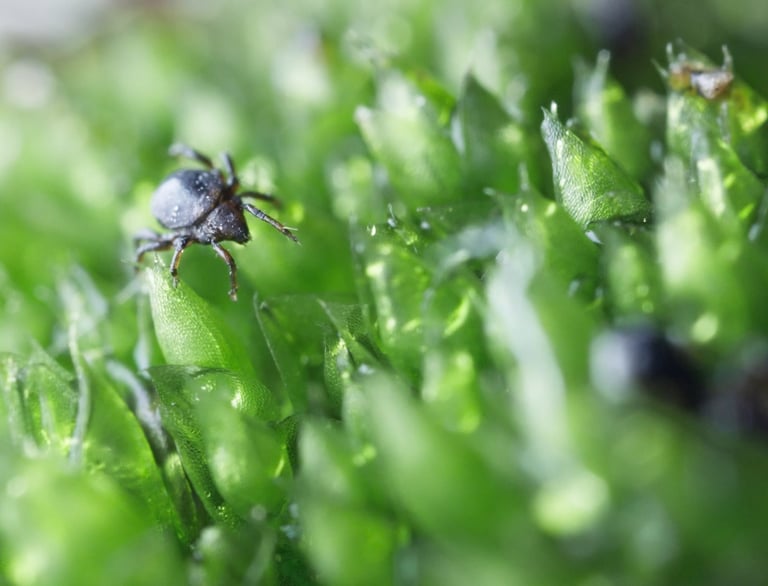

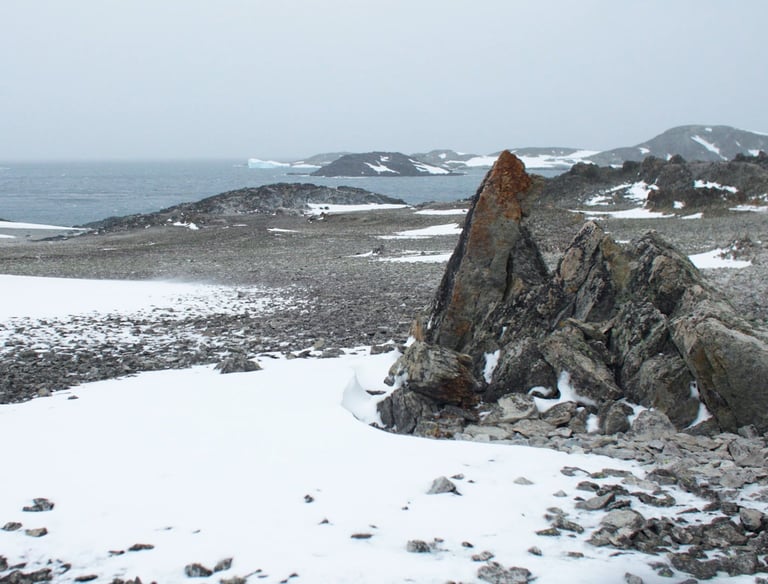

Animals
Which animals live on land in Antarctica?
How cold is Antarctica?

